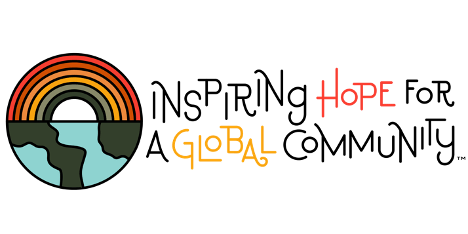

International Credit Union Day is an annual celebration of the credit union movement’s hard work and notable achievements. The theme for this year is ‘inspiring hope for a global community’. This article, co-written by social value practitioners, compares and contrasts the impact that two credit unions in two countries have had on people’s lives.
What is the value of a credit union? Its total revenue? The size of its assets? Whilst such figures are obviously significant, they do not represent the ultimate worth of this unique financial institution to its stakeholders.
To identify the real value of credit unions, Social Return On Investment (SROI) can be used. SROI is a principles-based approach that follows a rigorous and credible methodology. It enables us to see clearly the various social/economic/environmental outcomes that an organisation delivers. The relative worth of these outcomes can then be calculated by placing a financial value on them. The results can be used to report back to stakeholders, inform resource allocation, direct policy development and so on.
We were each commissioned to undertake an SROI study: for Donore Credit Union in Dublin, Ireland and for Clockwise Credit Union in Leicester, England. We discussed our respective research during the initial stages of the process and engaged in intermittent discussions afterwards, but our work was conducted entirely independently. Both studies underwent a peer review process and were assured by Social Value International.
Differences
Given the different local contexts, it was natural that there were variations. For instance, the two credit unions have different histories, the local socio-economic contexts were different, they are different in size, and the products and services on offer were different.
The purpose and scope of the studies were also different. This meant that slightly different approaches were adopted, whilst still adhering to the seven principles of social value and following the six stages of an SROI analysis. Donore evaluated a one-year period, but Clockwise used a two-year timeframe, because it felt that some members took longer to experience outcomes.
Donore wanted a high rigour study to satisfy its internal needs, provide evidence to the wider Irish credit union movement and to influence policymakers. Clockwise opted for a lower rigour study because the main purposes were to inform internal management, design a social impact measurement system and develop its wider impact management practice.
The inputs, stakeholders and theories of change/outcomes pathways of the stakeholder groups shared similarities, but they were not identical. There were other differences too. The Donore study placed a greater emphasis on non-members, such as community groups, and calculated the costs of a number of negative outcomes. Clockwise included the fiscal savings to the state and noted, but did not value, possible negative outcomes, as these were not considered material (relevant and significant) for this particular analysis.
Similarities
There were also many commonalties, both between the credit unions themselves (for instance, sharing cooperative values) and their SROI analyses. Similar observations and stakeholder consultation processes took place and these were constrained on either side of the Irish Sea due to coinciding with the spread of Covid-19.
Stakeholder groups for whom value could potentially have been generated were excluded in both of the studies because the outcomes they were experiencing were not felt to be material at that point in time.
Although the social outcomes delivered by both of the credit unions were framed somewhat differently, the same social outcomes stood out as being of great importance to members of both organisations: ‘being able to better manage money’ and ‘reduced stress’.
We both struggled to find appropriate financial proxies for the less tangible outcomes, ‘the sense of belonging’ felt by loyal members of Donore and the value of being part of a cooperative and ‘feeling in control and influencing decisions’ by Clockwise members. Further work in this space is needed, because a sense of belonging and a willingness to cooperate will undoubtedly be important in rebuilding a post-pandemic social economy.
It is particularly interesting to note that despite the disparities outlined, the social return calculated for both of the credit unions was in the same ballpark. Donore, which had taken a very conservative approach to valuation, found that for every €1 worth of investment, in the region of €10 of social value was delivered. The ratio for Clockwise was expressed as a broader range of £1 : £9-£19.
We feel strongly that the social value of an organisation should never be reduced to that final ratio. An SROI analysis is at its most powerful when it is used to learn and inform planning for the future. Both Donore and Clockwise received recommendations to release even more social value over the coming years, through establishing a community fund (Donore) and targeted marketing of the credit union’s services to subgroups of the local population (Donore and Clockwise). Clockwise recommendations included investing in partnerships and further consultations with groups with the most needs, such as ex-offenders and people experiencing homelessness, to design products that are appropriate for them.
In conclusion, the social value that credit unions deliver can be massive and life-changing. We celebrate this on this International Credit Union Day to inspire hope for others across the globe.
The full reports can be found here:
Donore Credit Union
Clockwise Credit Union
Sandra Velthuis, Whitebarn Consulting
Natasha Jolob, Kai-zen Change for Good CIC
